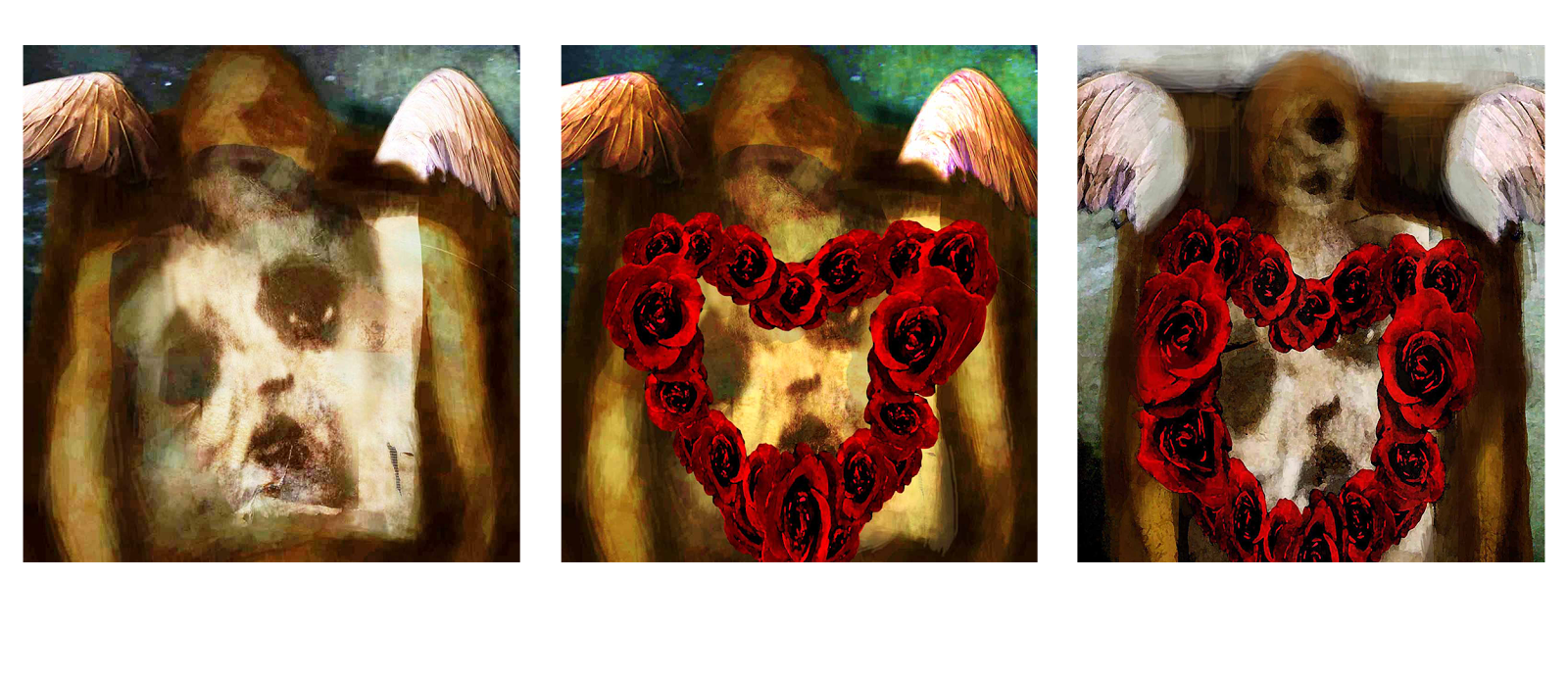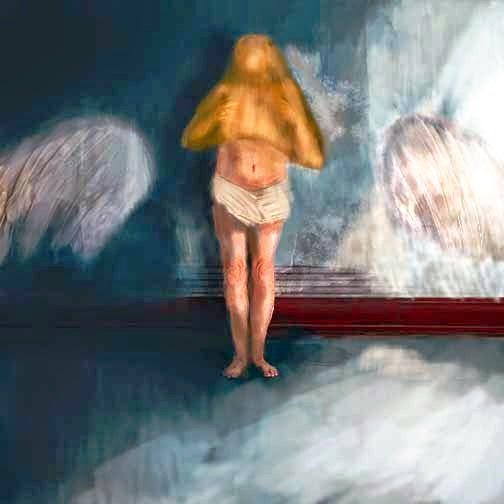Friday, 16 May 2014
The Price Paid - Part Two
We are relying more and more on technology in more and more aspects of our lives. For business, social and entertainment we are quick to reach for the latest gadget. But the workforces that are employed to produce those gadgets do not even earn enough to buy one of the products they spend 60 hours a week assembling. In a video on Live Leak a young woman is handed an I-Pad that she should be intimately familiar with, after all she spends 60 hours every week contributing to making the devices. She smiles as she handles the device, there is almost an element of pride in the workmanship of the sophisticated device.
 |
| Logo: Ross Justin00 Wikimedia Commons |
This faceless workforce goes largely unconsidered by those in the West that actively and almost religiously consume the latest and smartest technology. This video gives a very human face to the workers. With her identity concealed she speaks freely about how hard the worker's are pushed physically, the long hours and the volume of work that they are expected to complete during their shift.
The culture is one of obedience and surveillance and workers are instructed to never talk to the media. The young woman compared her life to that of an animal, only having enough time and energy to work, eat and sleep. The major players are very quick to issue media releases to say they have INVESTIGATED issues and that they value every single one of their employees. But this one employee stated clearly that she did not feel valued or looked after. She also had no voice with which to make herself heard. In the West this workforce is voiceless and faceless as mainstream news outlets never investigate or research the stories of those that fill our consumer markets with new technological gadgets and devices for us to desire and consume.
Unless otherwise stated all images have been sourced from Wikimedia Commons and have been assigned a Creative Commons Attribution Share-Alike License or are from the Public DomainAll of my artworks unless otherwise stated are shared under a Creative Commons Attribution Share-alike license (Version 4.0 (international licence)
Thursday, 15 May 2014
I Need and Want
The difference between need and want is no longer that clear. Consumer Culture is created and re-created in new and exciting ways that make us confuse WHAT WE WANT as being something we need.
Saturday, 3 May 2014
The Meaning(less) Distance
Consumerism has become so built into our every day lives that we don't often stop to think about the affect that our desire to consume might be having on others. The advertising industry works away at us so covertly that we are able to justify our desire to have the latest as being more important that anything else.
For this series of art works I am using the way that consumer culture has adopted the figure of Cupid to stamp all over its products and services that might have anything remotely to do with love, desire or romance. The commercialised nature of Cupid offers a very dis-jointed and diluted version of the original myth, often edited down to a mere silhouette. All of the original depth and meaning is removed in order for commodity producers to fit the figure to thier market demographic. In this digital and mixed media work I was trying to express just that, the wings or meaning are removed from the body and parts covered up in a type of editin
Photographic figure stock by Devoman1948
Photographic figure stock by Devoman1948
Unless otherwise stated all images have been sourced from Wikimedia Commons and have been assigned a Creative Commons Attribution Share-Alike License or are from the Public Domain
All of my artworks unless otherwise stated are shared under a Creative Commons Attribution Share-alike license (Version 4.0 (international licence)
All of my artworks unless otherwise stated are shared under a Creative Commons Attribution Share-alike license (Version 4.0 (international licence)
Boxed up by consumerism
Just recently, several times in the same week, I came across businesses and TV shows that were using a Native American Chief's head dress in ways that deeply offended the original owner's cultural beliefs. All of the instances displayed incredible arrogance and insensitivity to the Native American community. In one of the cases a very successful Australian photography business that offer the customer a complete package of hair, make up, costume and a final portrait were using the head dress as a ill considered prop. In the sample portrait on their website the head dress was being worn by a young, white female. Our consumer culture is so very often guilty of insensitivities such as this. The piece of art work above was created shortly after seeing the portrait of the young woman and reflects on the way that consumerism strips away original meaning and packages it up in a way that suits its own market driven needs.
Unless otherwise stated all images have been sourced from Wikimedia Commons and have been assigned a Creative Commons Attribution Share-Alike License or are from the Public Domain
All of my artworks unless otherwise stated are shared under a Creative Commons Attribution Share-alike license (Version 4.0 (international licence)
All of my artworks unless otherwise stated are shared under a Creative Commons Attribution Share-alike license (Version 4.0 (international licence)
Friday, 2 May 2014
appropriation
 |
Borrowing From Others
My topic this study period in art is how our western consumerism affects other cultures. This term I have been looking at how producers of consumable objects often borrow cultural artefacts from other cultures changing their meaning to suit their own needs.
I've chosen to use the classical myth of Cupid/Eros as vehicle or metaphor through which to explore what happens when we distort the original meaning and intention. This is one of the early pieces that I have developed trying to find strategies to convey to the viewer that disconnection from the original context of Cupid/Eros. It also brings together traditional art making media, paint and charcoal, with the potential that software like Photoshop offers us.
The hi-jacking and re-appropriation of Cupid/Eros began centuries ago when classically trained artists took the figure from being an adolescent male and turned him into a chubby cherub. Our consumer culture has taken it even further and the figure is now stamped on every thing from Valentines Day to toilet paper.
Unless otherwise stated all images have been sourced from Wikimedia Commons and have been assigned a Creative Commons Attribution Share-Alike License or are from the Public Domain
All of my artworks unless otherwise stated are shared under a Creative Commons Attribution Share-alike license (Version 4.0 (international licence)
All of my artworks unless otherwise stated are shared under a Creative Commons Attribution Share-alike license (Version 4.0 (international licence)
Art, Manipulation and Reproduction
 |
| Katelyn Parker Digital painting 2014 |
But what has this done to the way we value the art image?
Art in the age of Photoshop and social media
Access to the internet and image editing software has made creating and exhibiting art available to more people than ever before. We do not have to invest thousands of dollars in a Fine Arts education as we can now access tutorials online for free. We have greater access to source or reference images through websites like Wikimedia commons. Online galleries of images that are free to use, re-mix and share has meant that we are able to collaborate like never before. Free to use image editing software such as Gimp means that money is no longer a barrier or obstacle to creating effective and professional images to communicate our ideas. Digital files can be reproduced again and again, perfectly and faithfully every time, at just a click of a mouse. The internet is changing the ways that artists are building followings and exhibiting the art works. Social media and file-sharing sites like Deviantart make it possible, and free, to reach a global audience.
The boundaries between Fine Art/high end culture and popular culture have become blurred and unstable. Because of the technological advances a greater number of people are able to produce art and due to the lower cost of reproduction of digital files a greater number of people are able to buy art.
Unless otherwise stated all images have been sourced from Wikimedia Commons and have been assigned a Creative Commons Attribution Share-Alike License or are from the Public Domain
All of my artworks unless otherwise stated are shared under a Creative Commons Attribution Share-alike license (Version 4.0 (international licence)
Unless otherwise stated all images have been sourced from Wikimedia Commons and have been assigned a Creative Commons Attribution Share-Alike License or are from the Public Domain
All of my artworks unless otherwise stated are shared under a Creative Commons Attribution Share-alike license (Version 4.0 (international licence)
Subscribe to:
Posts (Atom)









